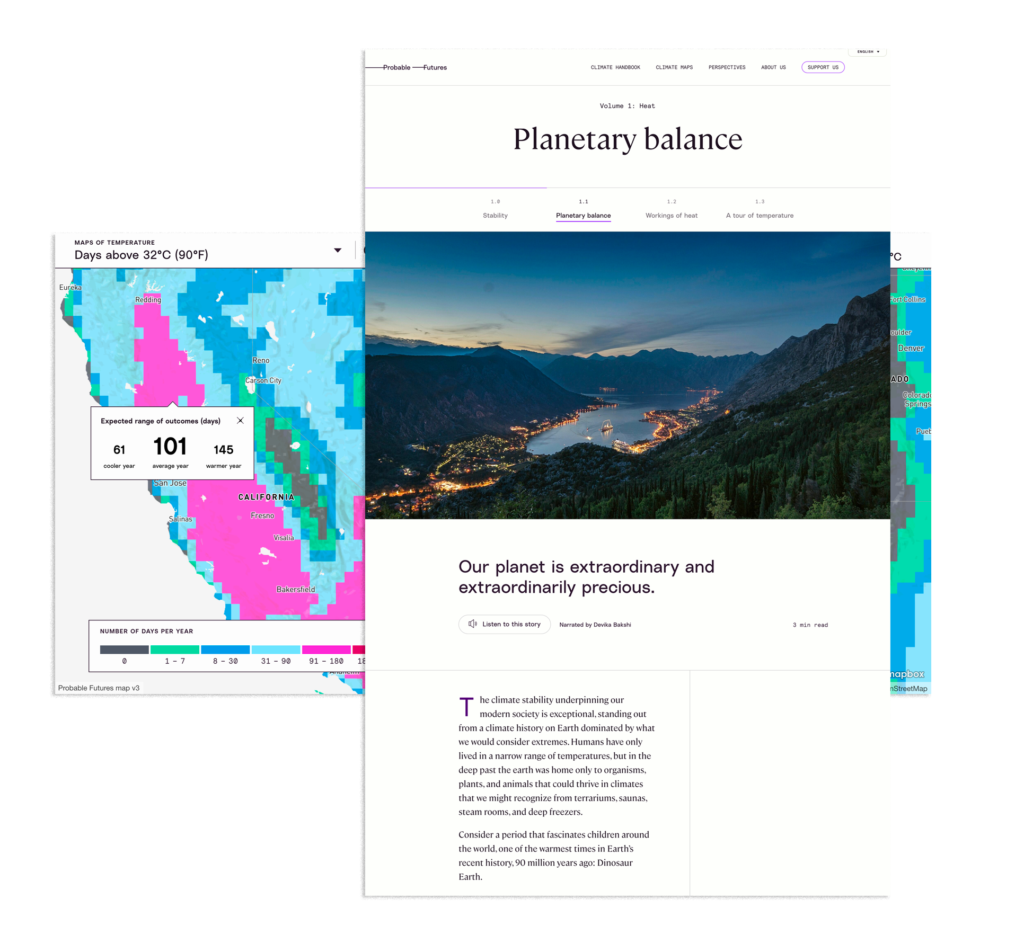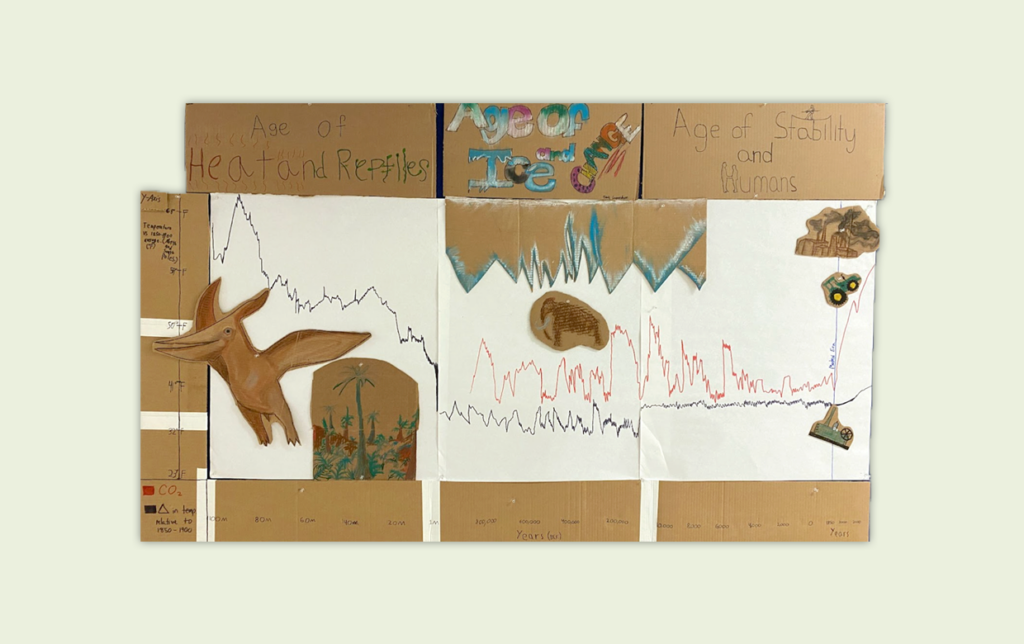Climate change is impacting our world physically, socially, and economically, and young people are acutely aware of these implications for their generation. Preparing them academically and emotionally for these changes is crucial and urgent work, and more states across the U.S. are either requiring or encouraging climate education across subjects.
At Westlake Charter School in Sacramento, California, educator Dr. Meredith Galloway sought to address this challenge by developing an elective course to provide her high school students with an understanding of our climate and their position and opportunities in a changing world.
Climate change is a difficult topic. It’s not just environmental science anymore. It’s not just Earth systems science anymore. It has all kinds of emotions wrapped into it.
Galloway understood that climate change education needed to break out of its science-only box to incorporate context about human society, equality, community, and social responsibility. She designed her own curriculum, starting with the building blocks of physics and eventually introducing students to real-world impacts on the climate and our societies.
But when Galloway took on the challenge of creating the class, she had no formal background in climate science. To be able to teach the course with confidence, she needed accessible expert content that would give her the necessary grounding as an educator and be able to meet the needs of all students. Galloway used the Probable Futures climate handbook and interactive climate maps as starting points to bring climate change to life in her classroom.

The Climate Stability video gave students a zoomed-out view of Earth’s climate history that they then mapped into a mural. They drew the chart of global temperatures and populated the different eras of Earth’s climate with plants and animals that would have thrived under those conditions. Having illustrated dinosaurs dominating the planet during the sweltering late Cretaceous period or wooly mammoths roaming Earth during the most recent glacial maximum, students then imagined what fundamental changes to our Holocene climate might mean for humans.

What I’m trying to help the students understand is that we’re trying to make this planet habitable for the number of humans that are going to be on the planet tomorrow and beyond, so a deep timeline of our planet was really helpful. We used Probable Futures as a springboard into that conversation.
Using the climate handbook, students learned the basics of our climate and how it interacts with human societies and systems. While the California-based students had first-hand experience with local climate impacts like years-long drought, sections like Tour of precipitation showed them how changes to the water system have different impacts in places around the world.
The new elective course at Westlake provides students with the fundamentals of climate science, an understanding of present-day climate change within the history of our planet’s temperatures, and a visceral sense of climate impacts around the world. At the same time, it helped Galloway expand her skills as an educator.
I’m not an environmental scientist by trade or by training—this is a personal education for me, too, that I think is important. It’s great that teaching the course the second time around, I feel even more competent. Feeling more confident with the literature and a deeper rooting in the content gives me more ability to be creative and engaging with my classes.
If you want to learn more about bringing Probable Futures into your classroom, get in touch at hello@probablefutures.org.